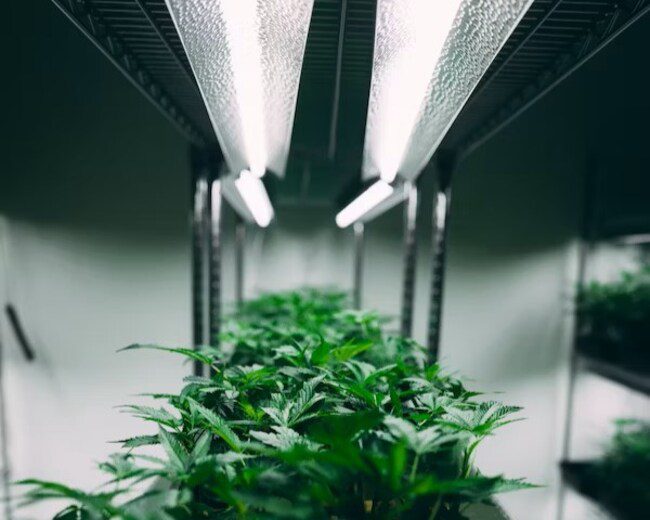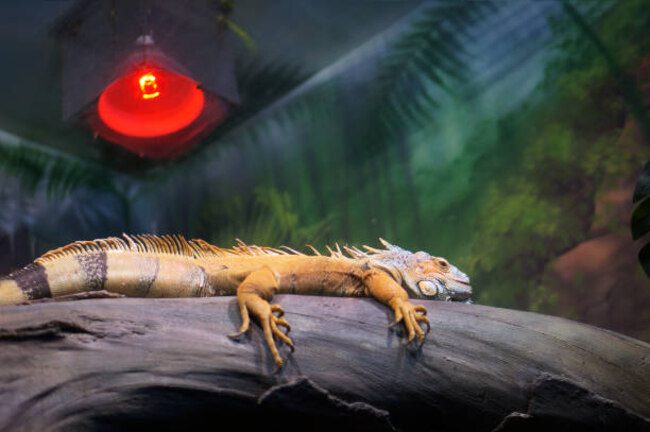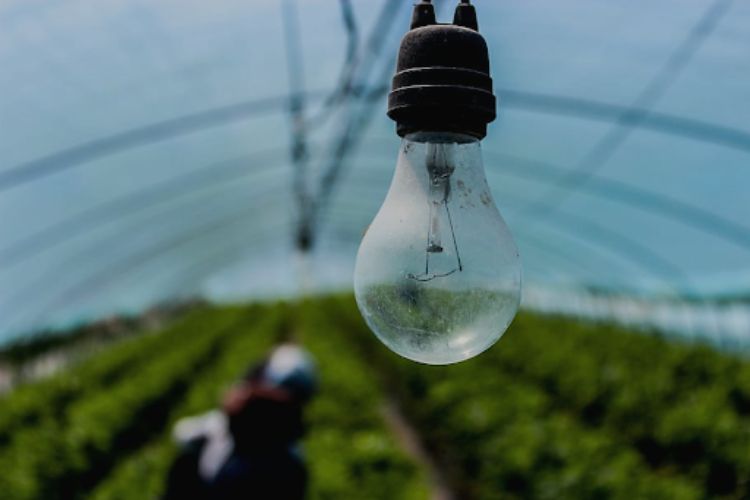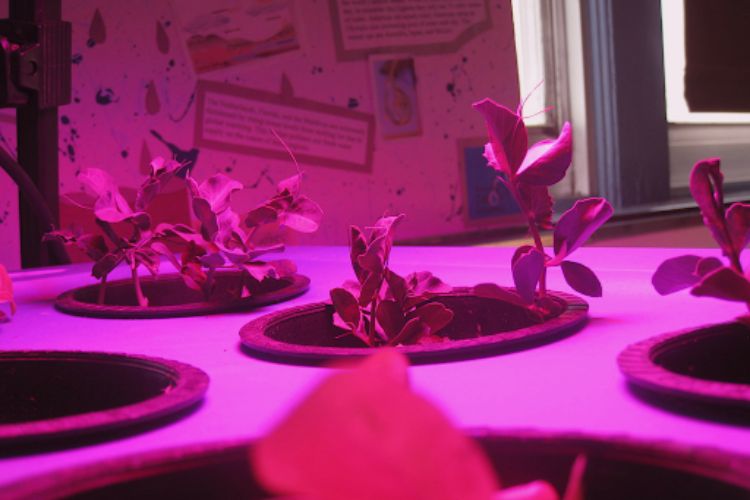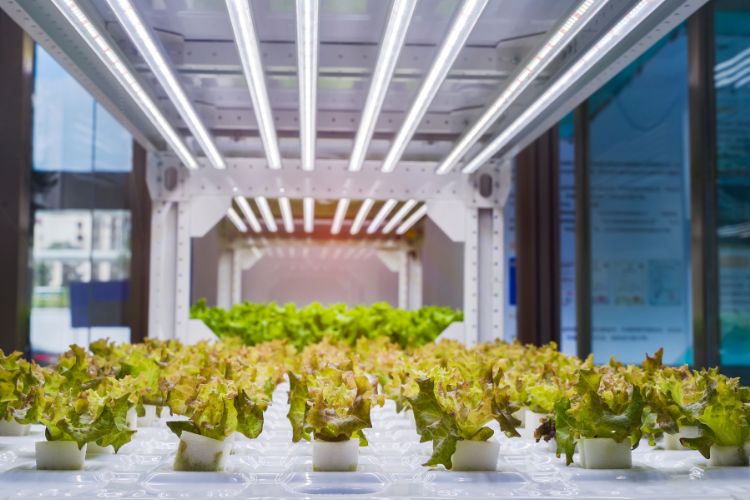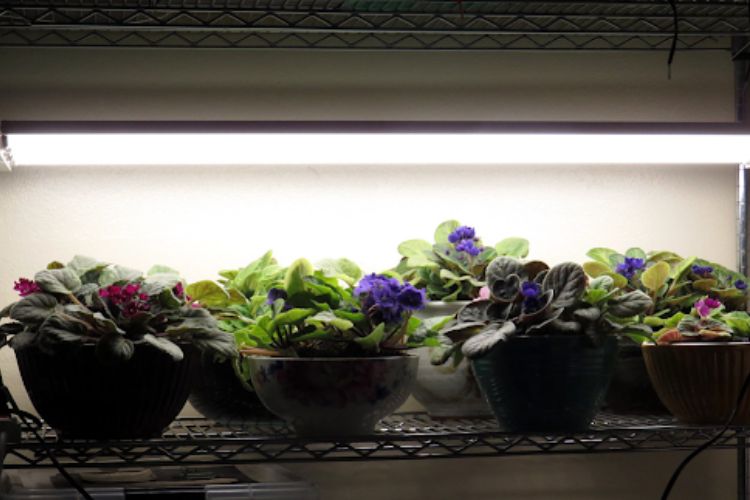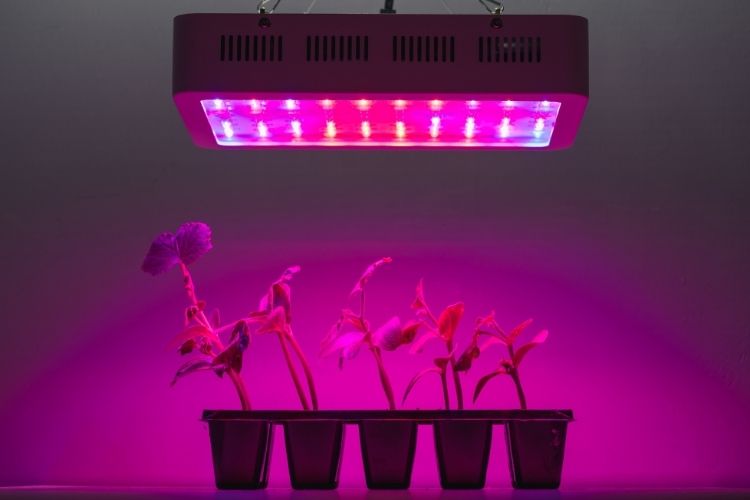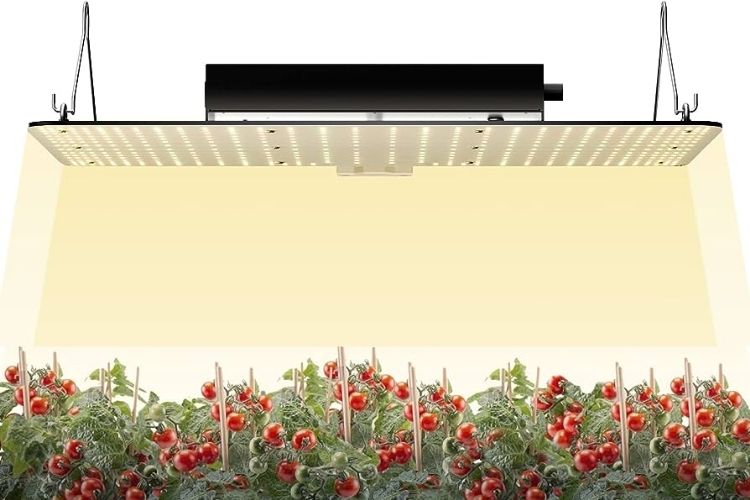Can Grow Lights Burn Plants? Tips For Protecting
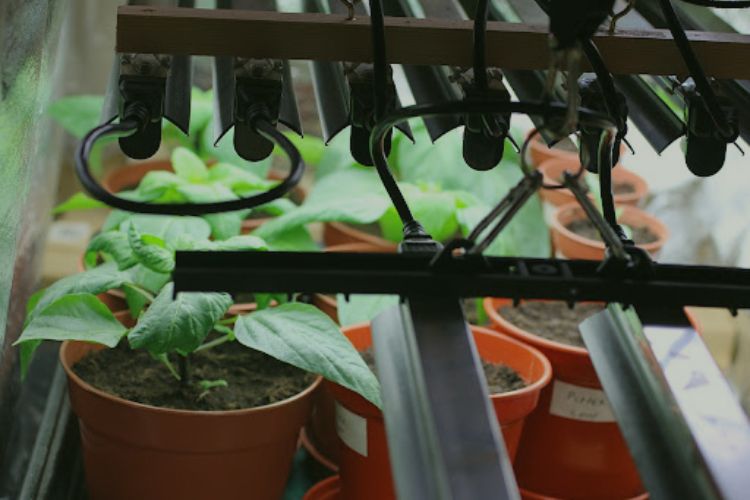
Can grow lights burn plants? Our guide will discuss the main risks and offer useful tips to ensure your plants thrive under the right light conditions. Let’s read on to learn the secrets of safe growing lights!
Can Grow Lights Burn Plants?
The answer is Yes. Grow lights can cause burns because they are positioned too close to your plants. There are different types of grow lights with different light bulbs. We will discuss the most common choices right here to help you determine the best option for your indoor plants.
LED
Many manufacturers and websites wrongly claim that LED grow lights don’t emit any heat, but that’s not true. LED grow lights are not as hot as HID lights when turned on but still produce heat. LED lights are safer for plants in terms of heat. Moreover, one single diode isn’t hot enough to burn plants, even when it touches the leaves for several hours.
Note: Be cautious with large LED grow light setups because numerous small diodes can also burn plants if they hang too close.
Incandescent
Incandescent lights are the traditional type found in most home fixtures. They have a filament to get heated up by electricity. Unfortunately, these bulbs can burn quite hot. Your plants can be burned if you place the lights too close for a prolonged period.
Fluorescent
Fluorescent lights and CFLs (Compact Fluorescent Lamps) produce little heat and are unlikely to burn your plants, even if they touch these lights for several hours. Fluorescent grow lights are popular among small indoor growers because they are cost-effective and safe for plants. The low heat emission is also another big plus.
HID
HID lights (High-Intensity Discharge Lamps) are famous for commercial growing. They can reach temperatures of up to 160 degrees and will undoubtedly burn your plants if they are placed too close to the leaves. HID lights have a large design. They look like giant reflectors and are not suitable for growing rooms. Despite their drawbacks, many gardeners choose HID lights for their powerful illumination, especially when growing hydroponics or for commercial purposes.
Read more: Why Are Grow Lights Purple? Explore The Science Behind
What Distance Should You Place Grow Lights To Plants?
The distance between these types of grow lights and your plants to avoid burn depends on how much heat the lights produce. For example:
- LED grow lights: LED bulbs don’t emit too much heat, so you can place them about 12 to 18 inches away from your plants.
- Fluorescent lights: The low heat of these lights makes them safe for your plants. You can position them no further than 10 inches away from your seedlings.
- Incandescent lights: It’s best to move incandescent lights a bit farther away, but not more than around 30 inches.
- HID lights: Be careful with the power of HID lights. More specifically, place them at least one foot away from the plants.
Note: These guidelines just are general; it’s essential to consider the wattage of your lights. You should place higher-wattage lights further away.
6 Tips To Protect Your Plants Burned From Grow Lights?
You also need to take our 6 tips to prevent light sources from harming your plants:
- Invest in a high-quality grow light: High-quality grow light is designed for indoor gardening to ensure proper light spectrum and heat emission control.
- Check your plants regularly: Pay attention to any signs of stress, such as leaf discoloration or wilting, to address plant issues promptly.
- Adjust the position of the grow light: As your plants reach greater heights, please ensure the right distance and avoid excessive heat exposure.
- Adequately watering: Watering enough for your plants can prevent dehydration or stress caused by the heat of the grow lights.
- Avoid running the grow lights continuously: Don’t do this to mimic natural day and night cycles; let your plants rest and recover.
- Regularly inspect the grow lights: Follow grow lights for any wiring issues or potential hazards. These tasks can be dangerous, so ensure proper installation and follow safety guidelines.
Conclusion
By balancing the intensity of the light and maintaining an appropriate distance, you can harness the power of grow lights without risking plant burns. Hopefully, this guide has helped you answer the question, “Can grow lights burn plants?”
Now, you can give your home plants the optimal conditions they need to flourish.
FAQs


